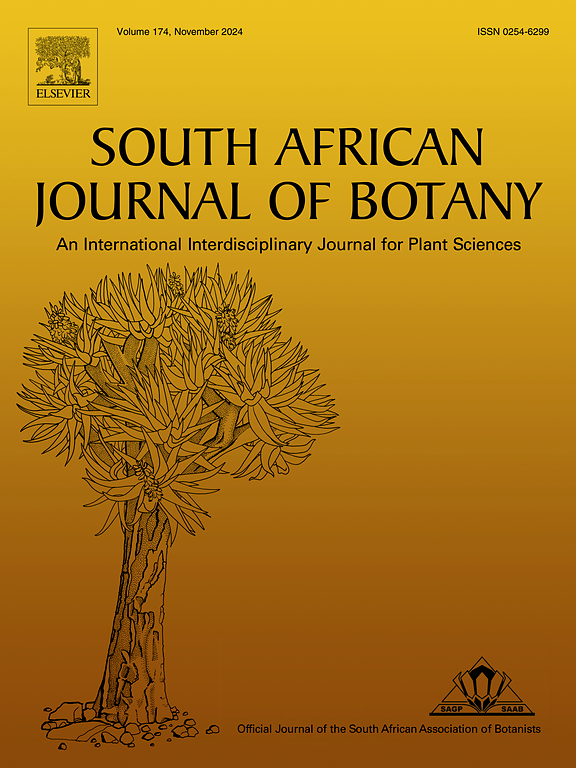Antimicrobial and anti-biofilm activities of the essential oils of Lavandula angustifolia Mill, Salvia sclarea L, and Mentha pulegium L against uropathogenic Staphylococcus aureus in vitro and in silico
IF 2.7
3区 生物学
Q2 PLANT SCIENCES
引用次数: 0
Abstract
The aim of this study was to explore the antimicrobial and antibiofilm activities of essential oils (EOs) obtained from Salvia sclarea L, Lavandula angustifolia Mill, and Mentha pulegium L, using in vitro and in silico experiments. Additionally, the study to evaluate the synergistic effects of these EOs in combination with certain conventional antibiotics against Staphylococcus aureus isolated from urinary tract infections.
The EOs used in this study were obtained by hydrodistillation, and their chemical compositions were analyzed using gas chromatography-mass spectrometry. Antibacterial activity was assessed using the disk diffusion method and modified broth microdilution method, whereas antibiofilm effects were evaluated using the microtiter plate biofilm formation method. The synergies effects between antibiotics with three EOs against S. aureus isolates were assessed using a checkerboard titration assay. The AutoDock Vina program was used to perform molecular docking and to calculate the predictive binding affinities of four major volatile compounds to five proteins essential for antibiotic resistance and biofilm formation. In addition, drug similarity properties were predicted using SwissADME, while toxicity was predicted using ProToxII.
The major components of S. sclarea L, L. angustifolia Mill, and M. pulegium L EOs were linalyl acetate, 1,8-cineole, and pulegone, respectively. These EOs showed excellent antibacterial activity against methicillin-susceptible and-resistant S. aureus strains. Surprisingly, the fractional inhibitory concentration index showed that mixing EOs with antibiotics had a significant synergistic antibacterial effect. All EOs showed potent antibiofilm activity against biofilm-forming S. aureus strains at subinhibitory concentrations.
Molecular docking results revealed that 1,8-cineole, camphor, linalyl acetate, and pulegone of the three EOs have significant potential to inhibit target proteins involved in adhesion, biofilm formation, and antibiotic resistance. In addition, SwissADME prediction results showed that all four components satisfied the rule of five and had acceptable drug-like characteristics.
In vitro and in silico studies have highlighted the EOs of S. sclarea L, L. angustifolia Mill, and M. pulegium L as promising natural sources of antibacterial and antibiofilm agents that could be effective in combination with antibiotic therapies, thereby minimizing the impact of antibiotic resistance and combating infectious diseases.

求助全文
约1分钟内获得全文
求助全文
来源期刊

South African Journal of Botany
生物-植物科学
CiteScore
5.20
自引率
9.70%
发文量
709
审稿时长
61 days
期刊介绍:
The South African Journal of Botany publishes original papers that deal with the classification, biodiversity, morphology, physiology, molecular biology, ecology, biotechnology, ethnobotany and other botanically related aspects of species that are of importance to southern Africa. Manuscripts dealing with significant new findings on other species of the world and general botanical principles will also be considered and are encouraged.
 求助内容:
求助内容: 应助结果提醒方式:
应助结果提醒方式:


